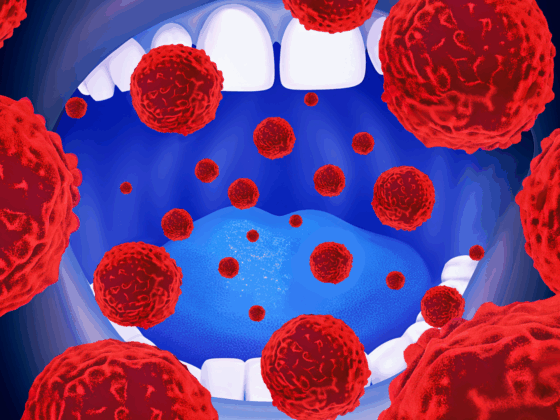Colon cancer patients with a documented history of high cannabis use prior to diagnosis showed dramatic increases in mortality. The study, published in the Annals of Epidemiology on April 28, found that cannabis users were nearly 25 times more likely to die within five years of diagnosis than patients who did not have a history of cannabis use. Even after adjustment for demographic and clinical factors, the risk for cannabis users was still 10-fold higher.
“Cannabis use disorder before a colon cancer diagnosis is associated with a markedly higher risk of five-year mortality, independent of age, gender, and cancer severity,” lead author Raphael Cuomo tells Cancerworld.“Clinicians should screen for cannabis use disorder and consider offering additional support and monitoring for affected patients as they may be at elevated risk for poor outcomes.”
While some studies suggest certain cannabis compounds exert anti-tumour effects, others indicate that chronic cannabis exposure increases tumour progression. One hypothesis is that due to the ability of cannabinoids to modulate the endocannabinoid system, known to be particularly active in the gut, cannabis exposure exerts greater adverse effects on gastrointestinal malignancies. “This suggests that cannabinoids may influence tumour progression and immune response in gastrointestinal tissues more directly than other organ systems,” says Raphael, a specialist in public health from UC San Diego School of Medicine, La Jolla.
For the current study, Cuomo and colleagues set out to examine the association between pre-existing cannabis use disorder (CUD) and survival among patients diagnosed with primary colon cancer. The electronic health records of patients treated between 2012 and 2024 at six medical centres in the University of California health system were analysed. CUD was defined as a clinical diagnosis documented in the patient’s medical record prior to their colon cancer diagnosis, in accordance with Diagnostic and Statistical Manual of Mental Disorders coded entries. Where available, disease severity was captured via tumour, node, metastasis (TNM) staging and carcinoembryonic antigen (CEA) levels, a biomarker associated with colon cancer progression. “We used both CEA and staging because each offers a different lens on disease severity: CEA as a biomarker and staging as a structural classification,” explains Cuomo.
Altogether, a total of 1088 patients were found to have a diagnosis of primary colon cancer and a preexisting drug use disorder, of which 34 had a history of cannabis use disorder.
Results showed that the five-year mortality rate in patients with a history of CUD was 55.88% versus 5.05% for patients without cannabis use disorder (OR=24.40, 95% CI = 11.39 -52.34; P <0.001).
On adjusting the comparisons for demographic and clinical factors (including CEA as a biomarker for disease severity) the risk was reduced to just over 10 fold (OR 10.52, 95% CI = 5.76-19.22; P <0.001).
“We hope these findings encourage more research and more nuanced conversations – about how cannabis interacts with cancer biology and care,” says Cuomo.
The relationship between cannabis use and increased mortality, he adds, is likely to be due to biological effects, behavioural factors, and systemic barriers. Cannabis may impair anti-tumour immunity by inhibiting T-cell proliferation, suppressing antigen presentation, and altering cytokine signalling. Frequent cannabis use can be associated with depression, anxiety, and other mental health struggles which might compromise a patient’s ability to engage with treatment. As a result, they can experience delayed diagnoses and lower adherence. “The magnitude of our findings suggests physiological mechanisms are playing a role going beyond lifestyle alone,” says Cuomo.
The team are now planning prospective studies to examine the biological mechanisms involved, and also hopes to evaluate whether tailored interventions might help mitigate the risk. They hope to incorporate a structured assessment of cannabis use severity, such as validated screening instruments, to provide an indication of exposure levels. While the current study only included patients diagnosed with cannabis use disorder prior to their cancer diagnosis, the effects of post-diagnosis cannabis use remain unknown and, says Cuomo, warrant future study. Additionally, due to common biological and behavioural pathways, he adds, there is a need to analyse the effects of cannabis on other cancer types, and also to explore the effects of other recreational drugs.
Limitations of the study, say the authors, include the retrospective nature of the data, reliance on coded diagnoses rather than quantified cannabis use, and the possibility that cannabis use patterns changed after diagnosis.
As medical and recreational cannabis use rises globally, understanding the impact on cancer outcomes becomes an urgent clinical and public health priority.












